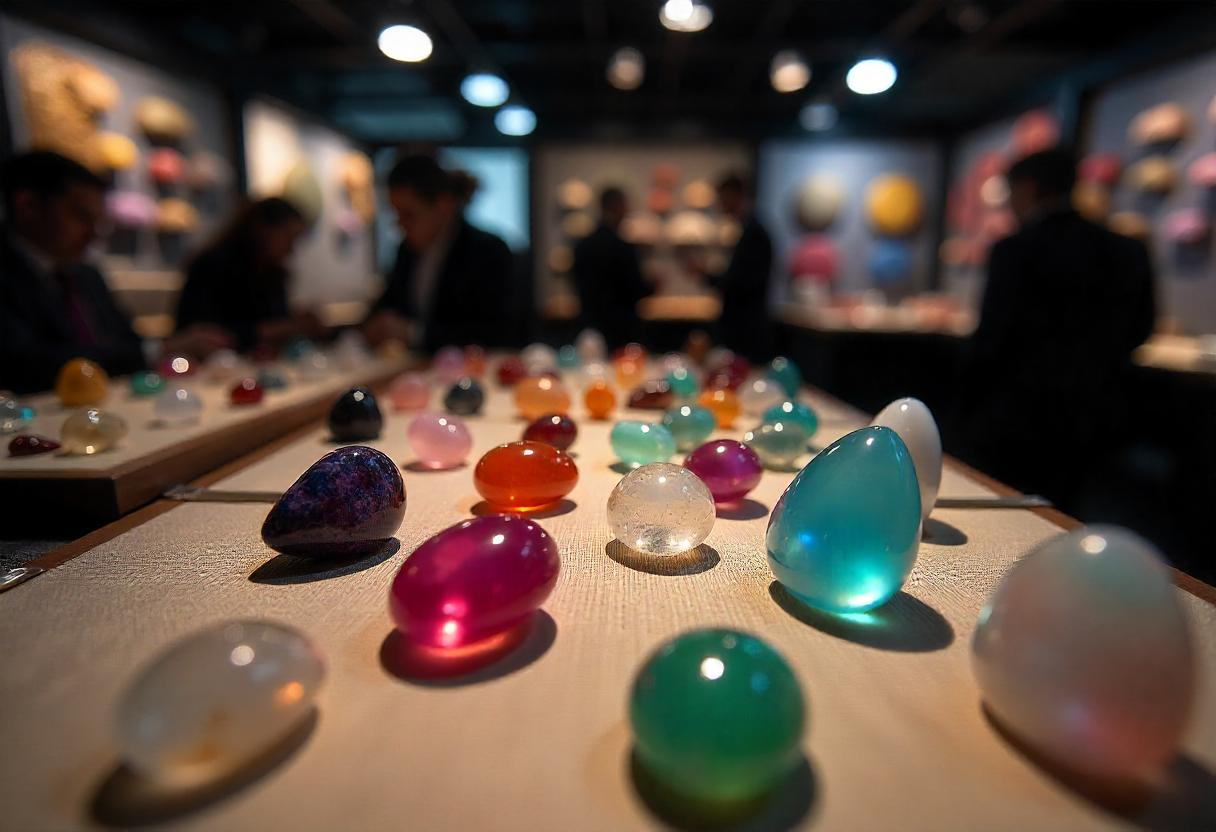Since the global financial crisis, the purchase of gemstones have progressively become popular thus becoming the new form of investment than the conventional markets such as stocks and property. Jewels are shiny, rare and can be valuable, which makes them attractive to all kinds of clients – from collectors to investors. However, the sector of gemstones can still be rather intricate and one needs to comprehend the elements that are affecting value and scarcity rates. If you want to invest in gems here are the few things you should be aware of,
1. How Gemstone Investments Have Attracted Investors
Gems are one of the most valued and notable materials which have been appreciated not only for the esthetic worth but also for the history and Legends. Diamonds, sapphires, emeralds, rubies, alexandrite, and Paraiba tourmaline in particular have been traditionally considered as worthless and valuable as a materialistic asset. Unlike many forms of assets, gemstones tend to be ranked as non-consumable, meaning that they do not depreciate as a result of being used up, damaged, or worn out and are also fairly easy to move and keep, thus another tangible form of wealth.
It is also confidential that the values of gems are also relatively resistant to inflation, meaning that as the value of currency increases, value of gems decreases, the prices of gems either remain constant or increase thus, they are great hedge marketing tools.
2. That Will Help Determine the Value of a Gemstone
Gemstones are evaluated based on a set of universally recognized criteria known as the Four Cs: These include, color, clarity, cut and carat weight. Below we explain each of these parameters and how they contribute to the value of gemstone.
Clarity

Transparency refers to both freedom of internal defects or inclusions and the lack of defects or blemishes on the external surface of the stone. Any inclusions which are present within a gemstone can reduce its clarity and hence also its specific brilliance or luster which it possesses. However, inclusions are sometimes permitted (or even embraced) in certain stones such as emeralds where inclusions referred to as ‘garden’ are practically synonymous with the gemstone. It is the high clarity stones where clarity is more important than carat weight and the fewer the imperfections the better in diamonds and sapphires.
Cut

The cut is decisive for a gemstone’s glimmer and brilliance; significantly, a good cut focuses all light to make the stone shine as much as possible. Cut plays a big role in diamonds more so that specialized facets are created to further give the diamond its cutting edge shine. Again, for the colored stones such as ruby and emerald, cut has influence but color is more influential than that. Even if it is of the highest shade of color, a gemstone that has not been properly polished will appear uninteresting and therefore not worthy.
Carat Weight
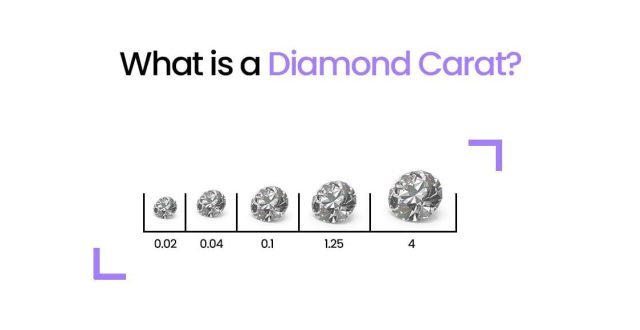
Carat is a system used to determine the size of a gemstone because one carat is equal to 200 milligrams. In general, it is for larger stones, but this does not mean that size determines how much a stone will be sold for. Even a large gemstone may receive a lower rating and therefore be worth less than a smaller piece with attractive color and clarity.
Origin
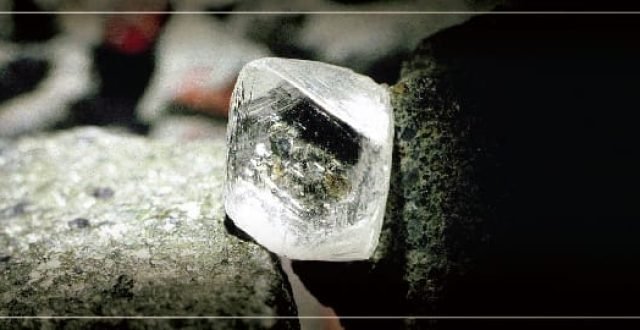
It was recognized that history also plays a role in determining the value of a gemstone, particularly where it comes from popular mines or areas. For instance, the stones such as sapphire from Kashmir, ruby from Burma and emeralds from Colombia are most times expensive since they are rare mountains. Gem origin is one of the other quality attributes that makes a stone even more attractive to the collectors and investors.
3. The Rarity Factor: Scarcity Drives Value

Lack of availability is the key characteristic behind investing in gemstones. The highest probability of an increase in value in the long run is the greater the rarity of the gemstone. It is noteworthy that some stones are rare naturally and depending on the geological distribution and consumer trends. Here are some gemstones that are particularly rare and valuable:
Paraiba Tourmaline: Discovered in Brazil in late 1980s, this neon-blue stone is one of the elusive gemstones. Brazilian Paraiba tourmalines are some of the most beautiful green or blue gems due to copper particles and rare earth elements.
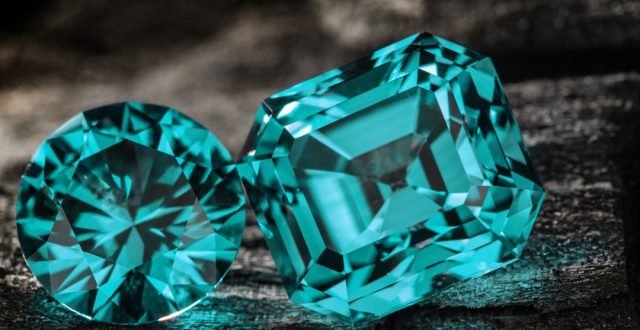
Alexandrite: It is also referred to as an ‘emerald in daylight, ruby at night.’ Natural untreated alexandrite is, however, very scarce especially in the larger sizes, which make it ideal for being classified as collectors’ item.
Pink and Red Diamonds: Although colorless stones have been seen more often, pink and red diamonds are flawless, and other notable diamonds originated from Australia’s Argyle site, which is no longer operational since 2020.
Tanzanite: Occurring only in Tanzania this blue to violet colored stone is more than 1000 times rarer than diamond and can only be extracted from an area around Mount Kilimanjaro.
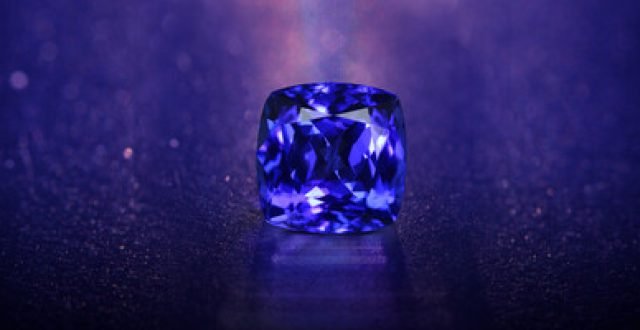
4. The market trends and the certification of market specialists can also be taken into consideration.

It is important to learn basic trends in the market and always buy gemstones that have been certified. Some examples of variation are based on the demand for them, new finds and economic factors affecting the price. For instance pink diamond, its market price went up after the closure of the Argyle mine as scarcity gave it high value. This is through regularly reviewing industry reports, and talking to other established dealers who will help dictate the new trends on the market.
Besides, a certified gemstone means that the gemstone has gone through various procedures with help of an impartial lab such as GIA or AGS. It is a legal requirement to certify a gemstone whereby it ensures you do not incur losses through fraud and it assists the buyer to make correct valuation.
5. Achieving a Balance between Passion and Practical matters. Enjoy a great level of autonomy when carrying out their duties.
Similarly with the lot investments of gemstones which can generate significant terms of profit, such investments should be done with set expectations in mind. As with most precious stones, jewelry is viewed as an investment good, and its value may appreciate slowly in terms of years and possibly decades. It’s advisable to begin with gems that appeal to you and would fit your budget as well. Most investors have favorite brands, and collecting gemstones is fulfilling, because in addition to having the stones, the beauty increases their value.
Conclusion

Gemstones range from the most beautiful components to add to the aesthetic worth of rings, necklaces, rings, and other pieces of jewels; as well as possessing the probability to produce good revenues. But a retailer in this market of gemstones must consider factors such as color, clarity, cut, carat weight, origin, and rarity which are all defining factors to a gemstone. You should also remember that – as you already pointed out – gems are much less liquid than stocks or gold, which implies that selling these stones for a big premium may well depend on identifying the right buyer at the right time. It is thus possible to consider gemstone investment as a wise and profitable diversification of an investment portfolio if it will be done carefully and accurately.

